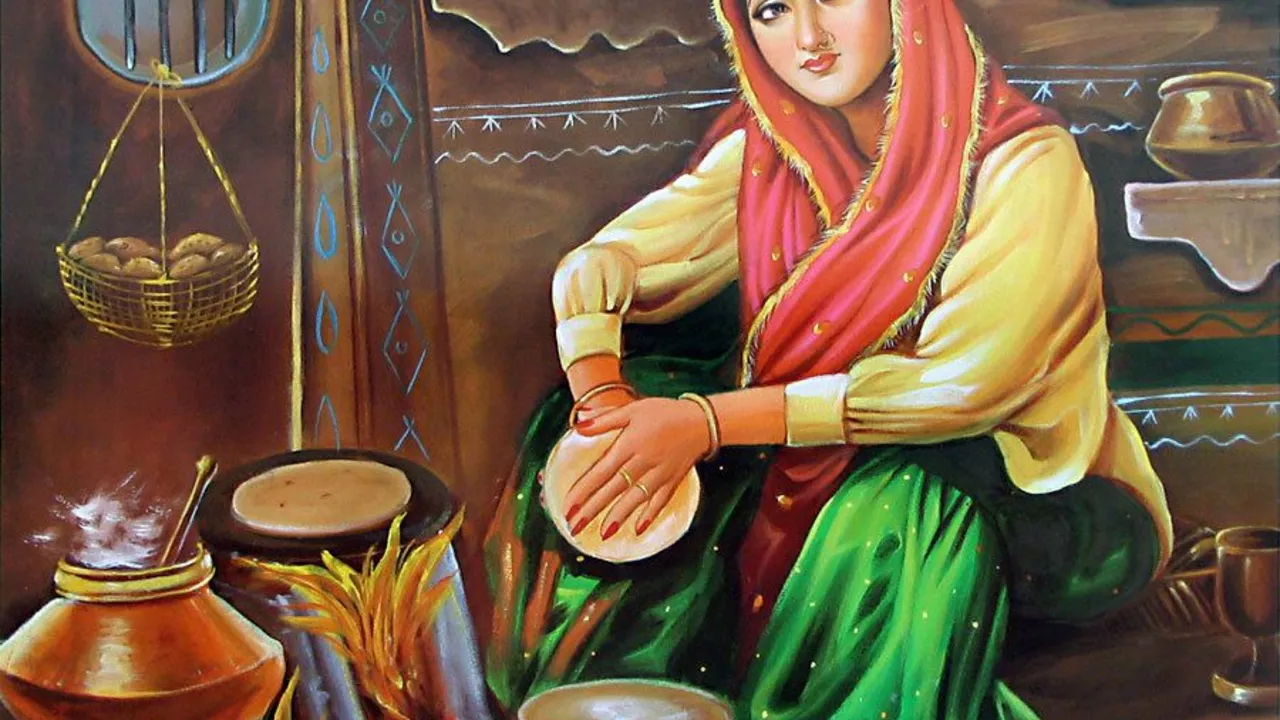Indian Culture: A Practical Look at Traditions, Food, Media and Everyday Life
India isn’t just a country; it’s a living mix of customs, flavors, newsrooms and politics that shape how people act every day. If you’re curious about what really makes Indian culture tick, you’ll find the answers here without wading through academic jargon.
Everyday Traditions You’ll Notice
From the moment the sun rises, many Indian homes start with a prayer or a short meditation. This habit isn’t about religion alone – it sets a calm tone for the day. You’ll also spot people greeting each other with a friendly "Namaste" or a simple "Hi" depending on the region. Family meals are a cornerstone; it’s common to see three generations sharing a thali, passing dishes around, and chatting about the day’s events.
Festivals bring the biggest bursts of color. Think of Diwali lights, Holi’s powdered splashes, and Eid’s sweet treats. Even if you’re not attending, the streets will echo with music, special foods, and a buzz of excitement. These celebrations teach respect for community and keep old stories alive.
Food, Media, and Modern India
Indian cuisine is a world of its own. A quick search shows that states like California are famous for Indian food abroad, but back home every region has its signature – spicy curries in the South, buttery naan up north, and tangy fish dishes along the coast. The key is fresh spices and a love for sharing. When you order, expect a mix of flavors that balance heat, sour, and sweet.
The media scene mirrors the country’s diversity. Newspapers like the Times of India serve up news, opinions and entertainment, while TV channels and online platforms feed the 24‑hour news cycle. Critics often point out bias, especially during elections, but the sheer variety gives readers many viewpoints. Whether you read a column, watch a talk show, or scroll social feeds, you’ll see how opinions shape public conversation.
Politics is another layer of culture. Leaders often rise from local positions – several prime ministers once served as chief ministers, showing a clear link between state and national politics. This pathway reflects how grassroots experience matters in Indian governance.
All these pieces – daily rituals, festivals, food, media, and politics – blend into a dynamic culture that’s both ancient and fast‑changing. Understanding them helps you connect with people, enjoy authentic meals, and make sense of headlines without feeling lost.
So next time you hear about a cricket match, a new movie release, or a political debate, remember the cultural backdrop that makes those moments uniquely Indian. Dive in, ask questions, and let the richness of Indian culture enrich your own perspective.

What is the most important thing in an Indian's life?
In exploring the most cherished aspects of an Indian's life, it's clear that family, education, and religion are particularly significant. The family unit is paramount, often influencing all major life decisions. Education is highly valued as a key to upward mobility and success. Religion, too, plays a crucial role, deeply influencing day-to-day life and personal values. Finally, respect for tradition is a powerful guiding force, shaping behaviors and choices.
- Sports (7)
- Legal News (2)
- Business (2)
- News and Media (1)
- Food Safety (1)
- Politics and Government (1)
- Travel and Food (1)
- Culture & Lifestyle (1)
- Politics & Government (1)
- Marketing (1)
-
iPhone 16 Slashes to Rs. 36,650 in India During Black Friday, Offering 54% Off Launch Price
27 Nov 2025 -
Narendra Modi not the only PM to also serve as CM?
30 Jul 2023 -
What are the pros and cons of living in New Zealand?
31 Jan 2023 -
Who will be the next Prime Minister of India in 2023?
30 Apr 2023 -
How good is the camera section of the Infinix Note 12 Pro?
23 Jan 2023
23.07.23
Aarav Chatterjee
0